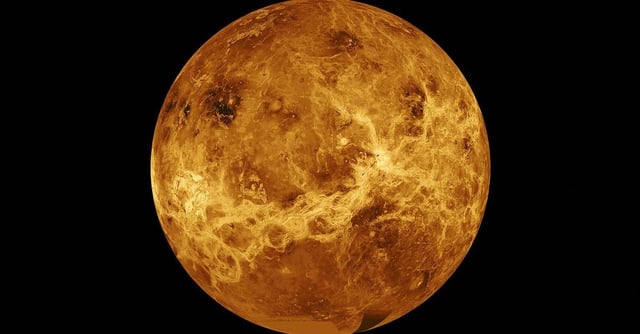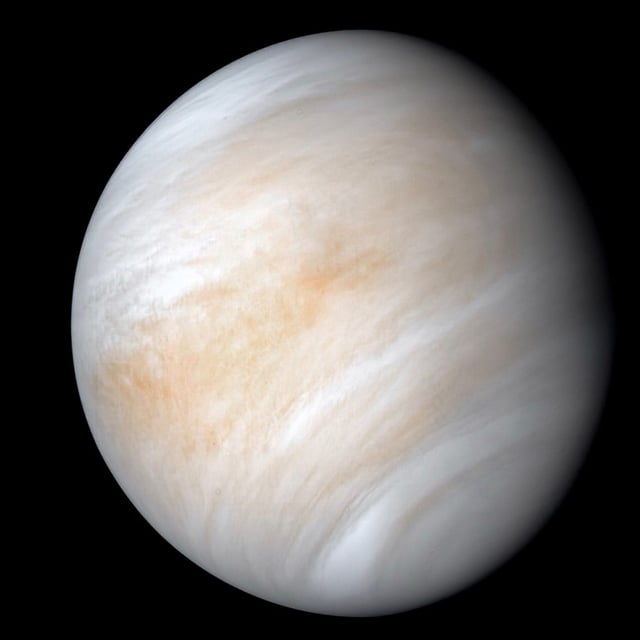Overview
- Scientists have directly detected atomic oxygen on the dayside of Venus for the first time, using the SOFIA airborne observatory, complementing previous detection on the nightside.
- The detection of atomic oxygen in Venus’s atmosphere offers insights into how the carbon dioxide that predominates the planet's atmosphere is created and reformed.
- Atomic oxygen, which is highly reactive and usually bonds to other atoms, is abundant at high altitudes on Earth but seems to be much more abundant on Venus.
- The atomic oxygen on Venus is produced by ultraviolet radiation from the sun that decomposes atmospheric carbon dioxide and carbon monoxide, and subsequently transported by wind to Venus’s nightside.
- The discovery of atomic oxygen, particularly on the planet's dayside, could help scientists understand how Venus came to be so dramatically different from Earth.



